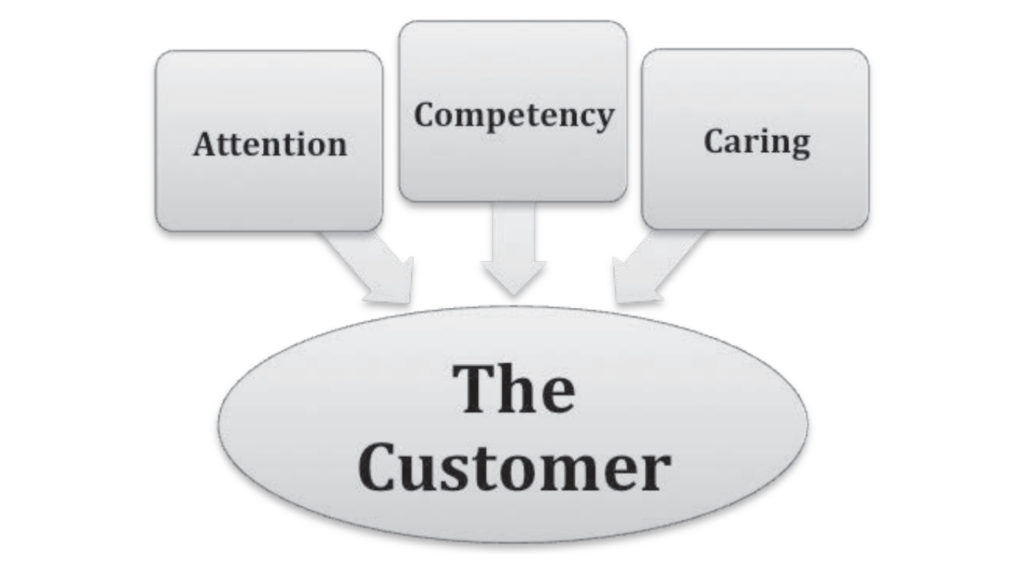What separates market leaders from their competitors? What makes your product or service different from the rest?
Although a number of factors are important, the one that matters most is the answer to:
“Why is the customer spending money with us rather than with our competitors?”
At the center of every great market strategy is the ability to clearly communicate and then consistently deliver what the customer is paying for regardless of the product or service, regardless of market complexity or size. This is what motivates the customer.
It is the difference between those companies that become market leaders and those that struggle to get and sustain customer attention. Whether competing in a small local market or on the global stage, such clarity and relentless pursuit of customers results in successful brand identities. They are the household names and trusted brands of the most sought after products or services.
Often, they assume legendary status.
Brand Clarity is the Key
Brand clarity and what it represents to customers are key to any business’s success. However, this is where companies often fall short and is the core reason why customers are not attracted to a particular product or service.
A lack of clarity also has an impact on employees, who are expected to successfully meet customer needs. It can also cause confusion and misalignment within organizations. This can create unnecessary and unproductive conflicts that inevitably erect barriers to performance. This results in:
- imprecisely defined and interdependent strategies and goals,
- anger pointing for performance failures, and
- a lack of commitment and accountability.
It’s hard to create success when we’re not clear and aligned on what we’re selling to the customer.
To appreciate the extraordinary power of brand intention, we must understand more about why and how we buy what is being offered.
The what and the how are factored into the customer’s perception of the intention of the provider, yet neither would be necessary without first understanding why people buy.
In today’s ongoing battle to provide more and more to the customer and to increase value, products and services have grown enormously complex. Have you ever asked yourself “What am I really buying?” You probably have and can relate to the confusion.
In the blur of rapid improvements and accelerated changes, customers can quickly be confused by the number of options. Often, customers define success as the ability to select and buy more easily—to readily identify what they are looking for, to experience fewer complications, and actually get what they’re paying for.
Customer Motivation
To understand how a customer determines the true value of a product or service is to understand why we are motivated to buy a product or
service in the first place. The answer is simple—and powerful:
We buy products or services to fulfill our human wants and needs; that is, to make ourselves feel good.
This most basic of human motivations lies at the core of consumerism, including business-to-business transactions.
Beginning in the late the 1950s, Will Schutz, a research psychologist, presented a very powerful and simple explanation of human behavior and interaction known as FIRO (Fundamental Interpersonal Relations Orientation) theory. In 1952, Schutz was asked by the U.S. Navy to determine how teams of men could better work together to make better decisions. The intent was to improve team performance, particularly under pressure. Schutz theorized that all of our behavior and interaction is motivated by three fundamental desires to feel
- important;
- competent;
- accepted.
A powerful framework for understanding customer motivation
What Schutz probably didn’t see was that the profound understanding of human behavior he developed would provide a powerful framework for understanding:
- why customers buy what they do in the way they do,
- what they are seeking for themselves and their individual sense of fulfillment, and
- how products or services are offered.
Schutz’s FIRO theory can also be used to better understand the what, why, and how of branding, marketing, selling, and product or service
delivery. It allows us to interpret why customers react to products or services with a range of responses from euphoria and joy to disappointment, anger and despair. It’s all about whether customers feel fulfilled by what they purchased.
As customers, the three sources of human motivation are consistent with how we react in other situations. It’s easy to underestimate the value of a customer’s experience and the power of our desires. When our needs are met, we typically feel good. When they are not met, we quickly become disappointed and angry.

As marketers, we should try never to overlook the human component of what makes the customer experience so powerful. We should try to always consider what motivates us as customers and respond to the three motivations that we all share. In no order of importance, customers want: attention, competency, and caring.
Edgar Papke is the co-author of Innovation By Design and author of True Alignment and The Elephant In The Boardroom. He helps leaders and their organizations align to create greater levels of innovation, performance, and fulfillment. He can be reached by email: edgar@edgarpapke.com